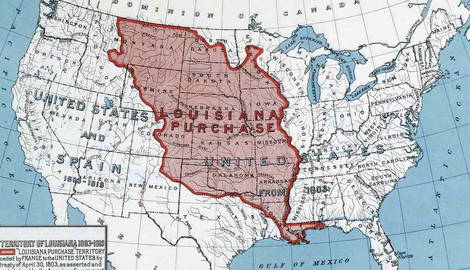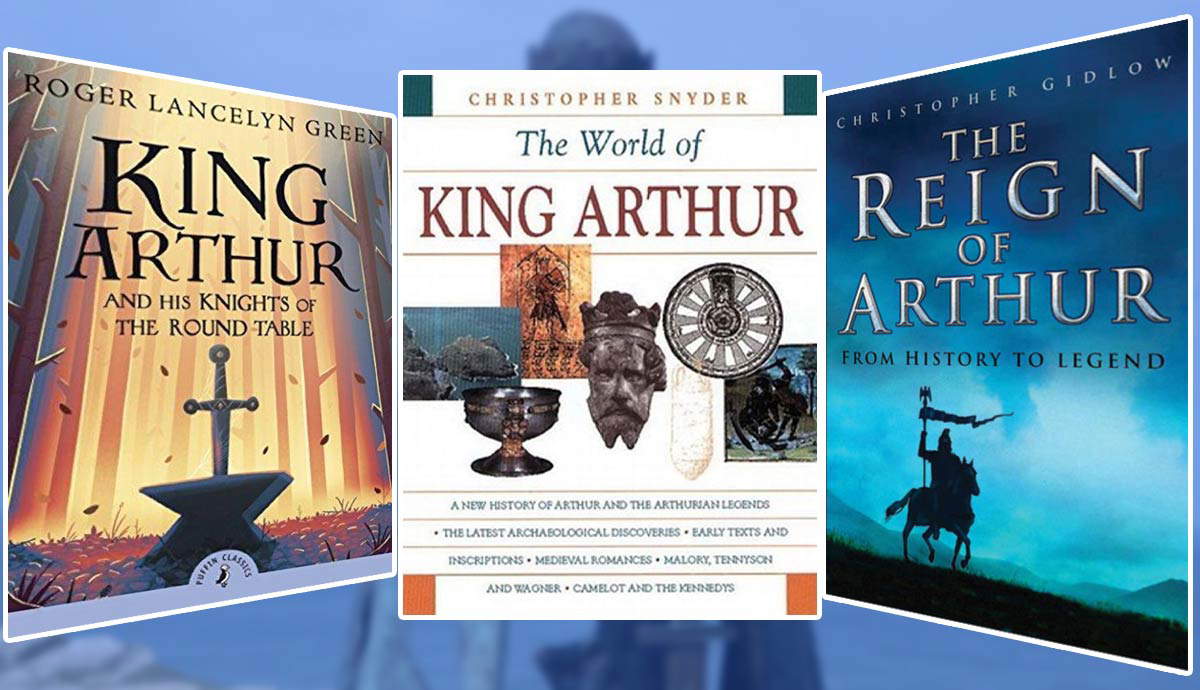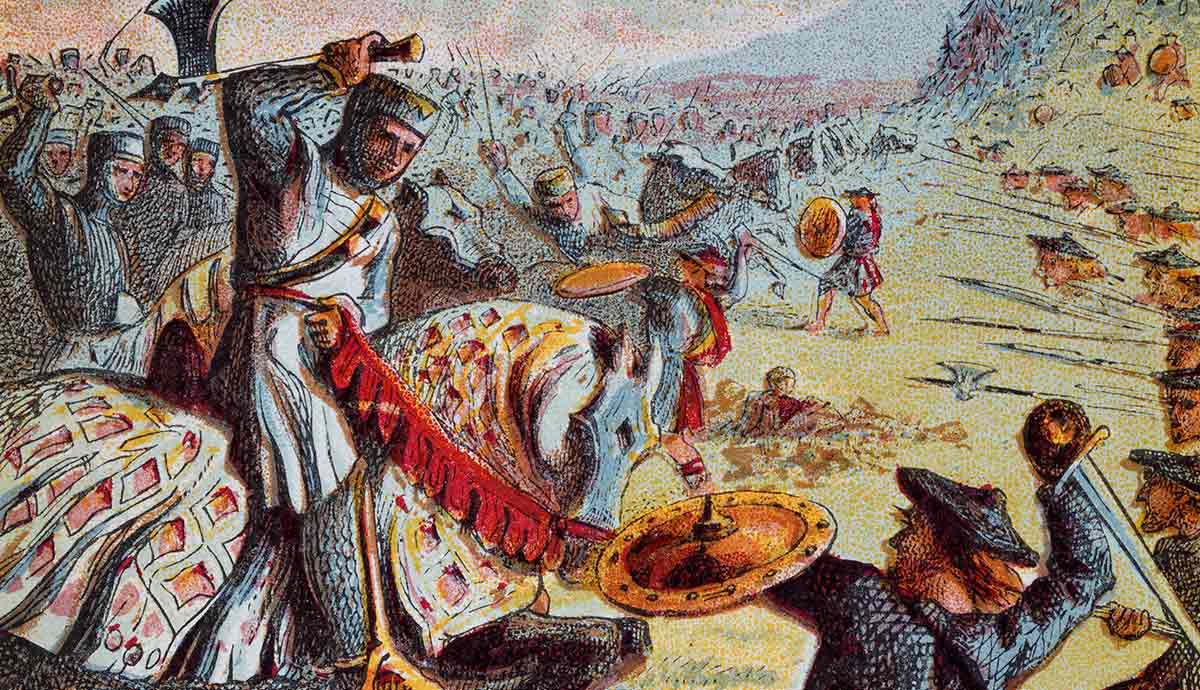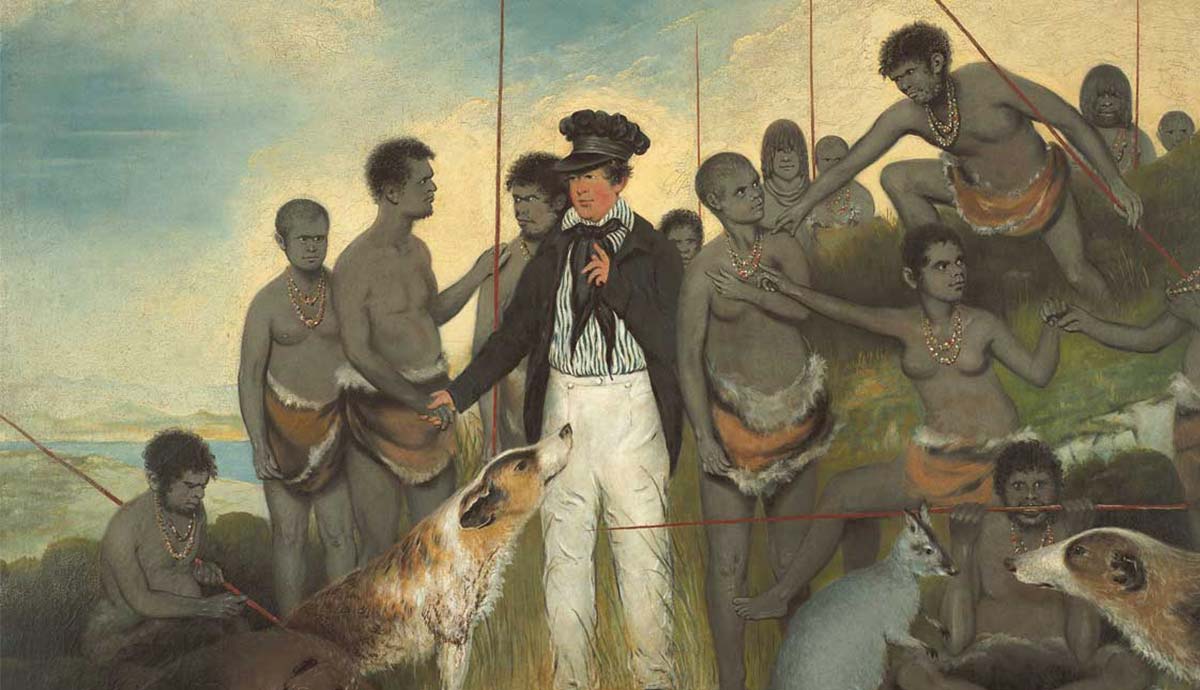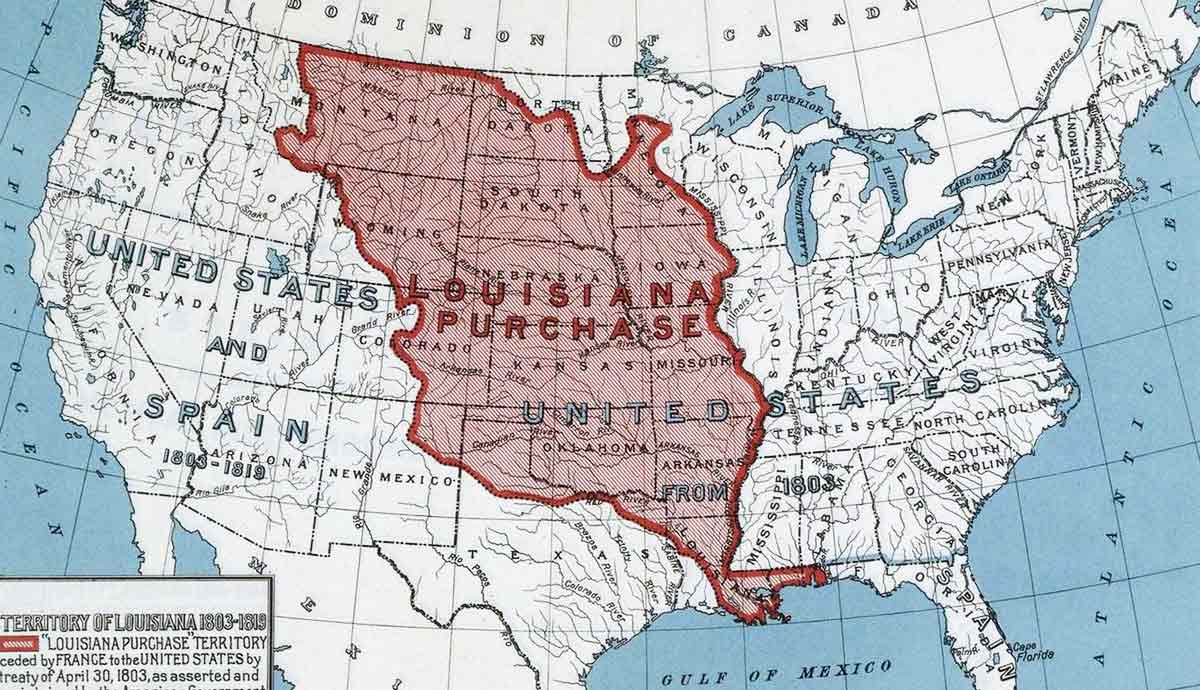
The American Old West brings to mind images of stagecoaches, small dusty towns, horses and cattle, cowboys and Indians, gunfights, gold, and the desire, spirit, and dream of independence, freedom, and self-sufficiency. These elements are critical to the development of American culture, and they have remained a core component in American mythology, depicted in a wide range of books, movies, art, and theatre.
The Old West, aka The Wild West

The Old West, sometimes referred to as the Wild West, as well as the American Frontier, applies to both a particular place and time of American History. It generally refers to the period of time between the exploration of the Louisiana Purchase in 1803 by Lewis and Clark to about the time period when New Mexico and Arizona were admitted to the union.
Early Years and the Foundations of the Old West

While the exploration of the American West beyond the Mississippi River began in 1804, the Spanish had long been in areas such as California and Texas since the time of the conquistadors. The Old West period that most commonly comes to mind began not long after the end of the American Civil War, when the United States Census bureau began the process of ending the recording of western frontier settlement as there was little “frontier” left.
The Rise and Fall of the Old West
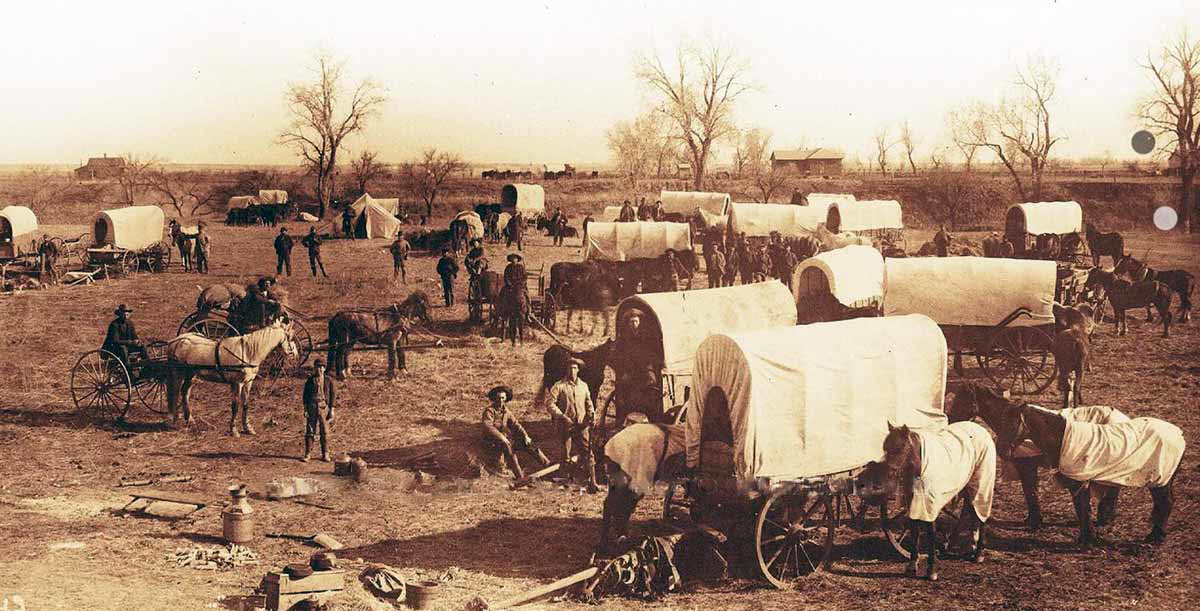
In the years that followed, settlements rose throughout the west, all the way to the Pacific Coast. Westward movement had practically ceased by the late 1800s.
While no clear demarcation or even occurs that ended the Old West, the admission of Oklahoma as a state in 1907, and New Mexico and Arizona in 1912 are generally the time considered the ending of the Old West. The population of those territories had risen enough for statehood, and civilization had reached enough of the Western areas that some of the characteristics which defined the Old West were dying out. One other event which signifies the ending of the Old West is the Jarbidge Stage Robbery on December 5, 1916.
The Jarbidge Stage Robbery
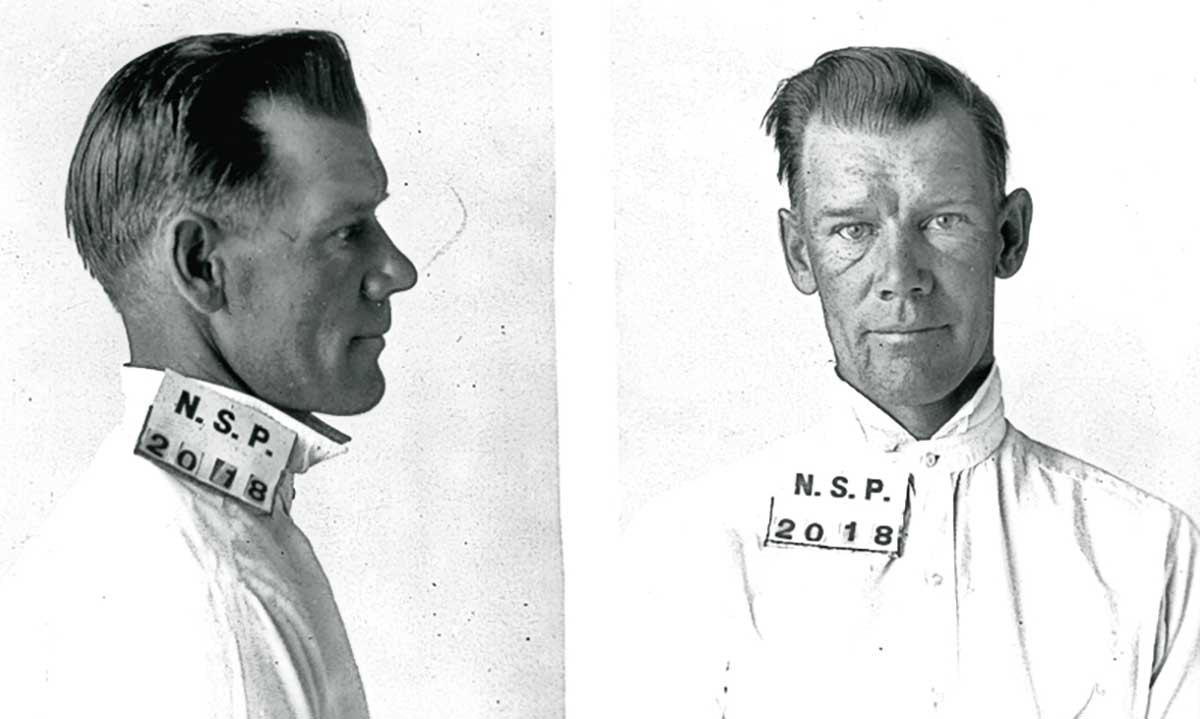
The Jarbidge Stage Robbery was the last stagecoach robbery in the United States, occurring on December 5, 1916 near Jarbidge, Nevada. Ben Kuhl, a petty criminal with some history, robbed a US Mail stagecoach traveling from Rogerson, Idaho to the isolated mining town of Jarbridge, Nevada. Kuhl would steal $4,000 in gold coins and cash (modern value over $100,000), and shoot and kill the driver, Fred Searcy. The money has never been found, probably buried somewhere in Jarbridge Canyon, and is one of the final legends of the Old West.
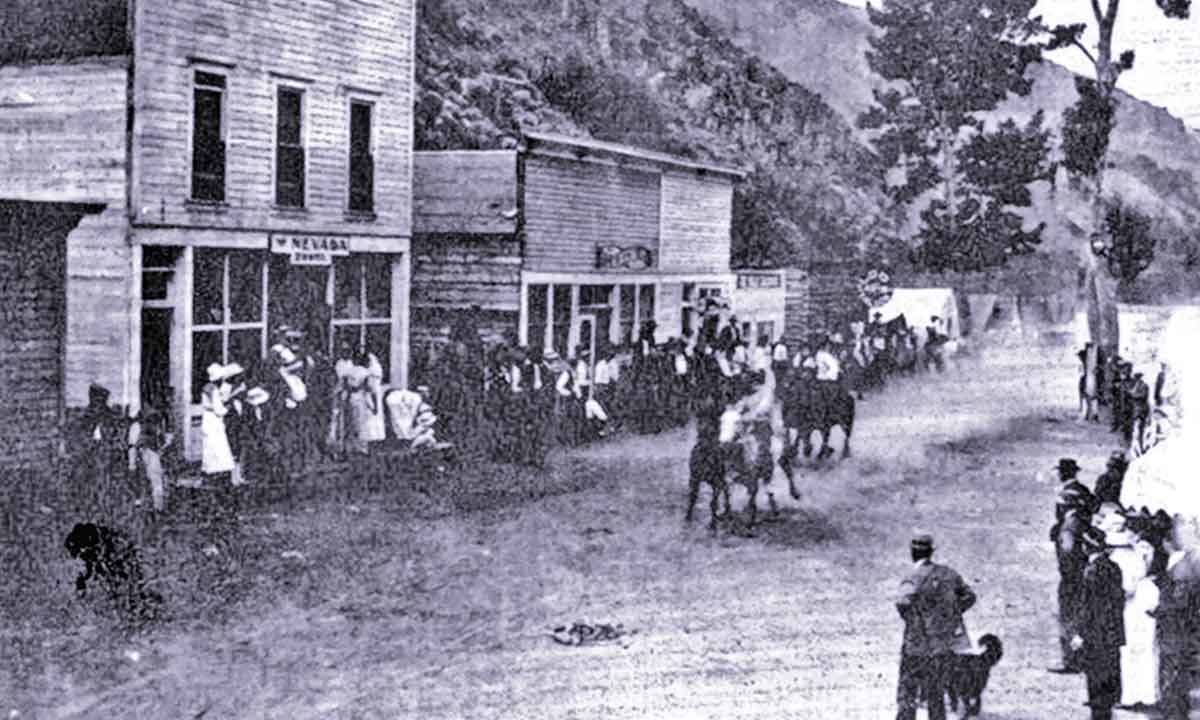
As with many of the tales of the Old West, the story of the Jarbridge Stage Robbery combines a final idea of the Old West that may often be overlooked – that of continuing progress. Ben Kuhl would be the first criminal in the United States in which a palm print would be used as evidence against him; Kuhl’s palm print would be matched to an envelope found at the scene.
Mythology and Movies

The stories and legends regarding the Old West generally revolve around the settlement of the frontier west of the Mississippi River by Americans, and particularly focus on the time period following the American Civil War.
These elements of the Old West have been mythologized in the American conscience through movies, art, theatre and books, particularly from the 1930s through to the early 1970s by actors such as John Wayne, Clint Eastwood and Gary Cooper, and by authors like Louis L’Amour and Zane Grey. In fact, it could be argued that the time period of ‘westerns’ has even lasted longer than the Old West itself.
